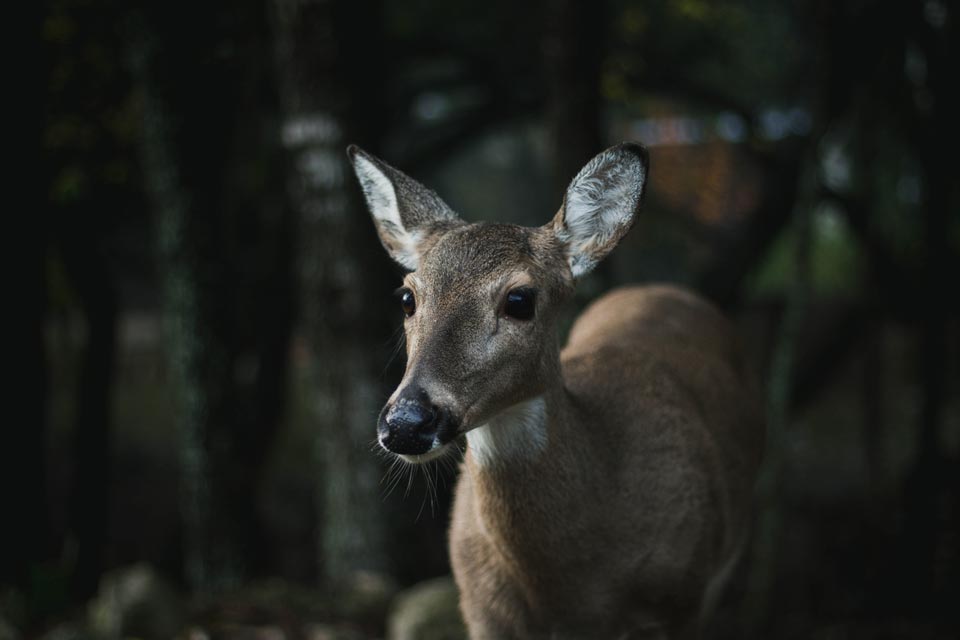It’s November and the peak of breeding season is right around the corner. Soon every buck in the woods will be looking for a date. Running around like a nut trying to find the current love of his life. And once he finds her, he’s got to sweep her off her feet. Why? Because at that moment in time, she will be the love of EVERY buck’s life (or at least those in the general area).
There’s a lot of competition out there. How’s a buck going stand out from the rest?
Velvet!
That’s right. All those other bucks will be sporting clean, polished, cold bone on their heads. A doe would surely notice the soft, luxurious, refined looked of antlers wrapped in velvet. Liken them to the velvet smoking jacket – never cliché or pedestrian.
The problem – this “most interesting ‘buck’ in the woods” probably has no interest in impressing a doe at all.
Why? He is likely missing a key ingredient – testosterone.
Antlers still in velvet beyond the seasonal norm are not…well…normal.
Antler growth is very complex. Driven by hormones and photoperiod (day length), the list of what can go wrong is endless. Injuries and missed hormone cues at any point in the process throws off the whole works. Given their very prominent position and their popularity, any and all abnormalities are easily seen.
Antlers remaining in velvet have been reported and, in fact, can be maintained year-round. One was caught on a trail cam in March with very velvety head gear.

Antlers remain in velvet if testosterone levels do not reach the high levels needed to cause hardening and velvet shedding. Insufficient testosterone production is usually due to loss of or damage to testicles or to a birth defect where the testicles do not develop.
Our friend appears to have a testosterone problem. Here he is again in May.

He was spotted again in late August, bigger and still in velvet. It is obvious his antlers are growing. And it looks like they will continue to do so.
Antlers that remain in velvet are still limited to a March to August growth period. But remaining in velvet throughout the fall and winter greatly increases the likelihood of injury and damage to the antlers. Because of this, antlers are often thick but short and blunt as new growth is added next season.
Alas, he won’t be impressing any ladies with those velvet smoking antlers. Whatever issue stole this buck’s ability to harden and cast antlers also made off with his libido too.
Biologist
If you would like to receive email alerts of new blog posts, subscribe here.
And Follow us on Twitter @WTDresearch

